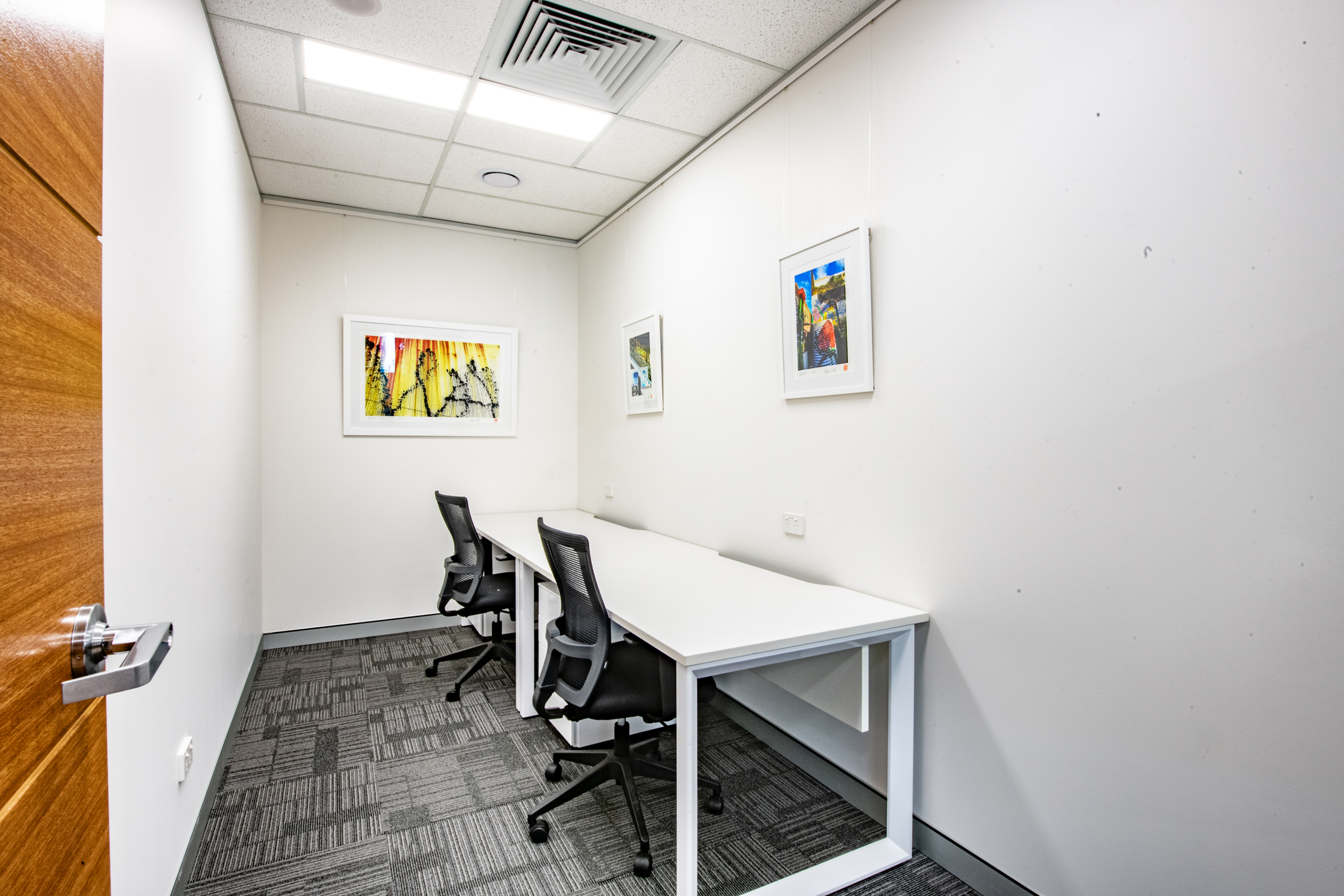
Since you’re managing diverse groups with varying skills, motivations, and personalities, conflict is natural when working with teams. In a coworking space where boundaries can be loosely defined as the culture is more informal, you must be proactive in addressing and managing conflict so your team members remain focused on their goals. As you’ll see, successful employee-conflict management relies on effective communication as well as understanding different conflict styles.
1. Take preventative measures
For coworking spaces, you have several options when it comes to preventing conflicts:
- Set expectations for noise and interruptions – You’ll want to encourage team members to respect boundaries. Spontaneous meetings can be common for cowork environments, and while they can enhance innovation and creativity, heightened noise levels can be a source of tension. A simple solution could be by asking for meetings to be held in the meeting room so other team members aren’t disturbed by the noise.
- Integrate everyone into the team culture – Look for ways to include less engaged team members into the team culture. For example, you can provide online chat apps, virtual bulletin boards and other tools to keep people engaged and involved. These simple tools can strengthen your coworking culture, improve communication while reducing noise levels, and prevent misunderstandings and conflict.
2. Intervene early
Prevention isn’t always possible, so early intervention is another way to manage and resolve conflicts which arise in coworking environments. Stay aware of what’s happening in your teams and how employees manage relationships with one another. Look for subtle signs of conflict and disagreement, and bring people together to talk through these as early as possible.
By working to shut down the conflict in the early stages, you can reduce the severity and loss of time, productivity, and boost positive work culture to your shared office space.
3. Understand the conflict styles
Two common conflict styles are conflict avoidance and conflict seeking. Understanding which style of conflict applies to different team members can help you anticipate how situations will play out. For example, if the conflict involves a group made up of conflict avoiders, built-up tension could be festering that leads to a damaging explosion. But if you apply a sensitive approach and take the lead, you can help your coworking team avoid a painful, drawn-out conflict.
Most importantly, identify the issue. Which conflict style is going on? Once you’ve done this, it’s time to communicate with the involved employees.
 4. Communicate acceptable behaviour and expectations
4. Communicate acceptable behaviour and expectations
A workplace with clarity on expectations and acceptable behaviour is one that’s more likely to avoid conflict. Don’t assume your team is aware of the conduct expected of them. Take every opportunity to make it clear, and use a defined decisioning framework to enhance transparency. Be clear about other things like job descriptions, your chains of command and standards. The clearer these are, the less your teams will have to disagree on.
Importantly with communication, don’t just talk at the employees. Let them talk with one another whilst you’re there, so you can act as a mediator. It’s quite common that in workplaces, the cause of conflict can be a miscommunication between workers.
5. Cool down hot conflicts
With a hot conflict, team members are already engaging in volatile language, visible hostility, and even shouting matches. When it gets to this stage, you could allow it cool down a little before intervening. Once it has cooled down, set your ground rules, establish areas of common ground, and encourage open sharing of emotions to encourage them to relate to each other.
6. Warm up cool conflicts
Cool conflicts are characterised by passive-aggressive behaviour, little dialogue, and closed-off body language. With this type of conflict, try to start all parties in on a constructive dialogue so they can find common ground and eventually resolve the conflict.
7. Focus on areas of agreement and obtain commitment
When you work to manage, stop, or prevent an ongoing conflict in your coworking space, you should always focus on areas of agreement and guide employees towards mutual agreement and understanding. Engage in open conversation as you guide them to generate options and solutions that all parties are happy with. Once that’s done, make sure you lock it in by defining the solution and agreement, and getting them to commit to it. Set a time for checking back in and tracking progress so they know there’ll be a follow-up and they need to be accountable.
8. Don’t completely minimise or avoid conflict
Conflict is an integral part of the workplace, so trying to avoid or minimise it completely could be a self-defeating exercise. On the other hand, putting your head in the sand isn’t an effective approach, as the conflict likely won’t resolve itself. The best approach is to view conflict as an opportunity for teaching and learning. Wherever you see conflict in your teams, you have an opportunity for growth and development. Disagreement in your cowork environment that ends up being properly resolved can boost innovation, learning, and collaboration.
9. Escalating conflicts
Formal dispute resolution measures are important for compliance and legal-liability considerations, so ensure you have a formal process for escalating conflicts if necessary. This should be outlined in your HR policies. If you’ve tried to resolve the conflict but employees have made informal and formal complaints, you may need to escalate it to mediation. Further down the line could be arbitration or adjudication. Every employer would prefer not to have to escalate a conflict by resolving it informally and early on, but you could have a situation when it’s called for. If so, seek legal advice so you as an employer are aware of your obligations and responsibilities.
Conflict is an unavoidable part of the workplace, and in shared office spaces with informal culture and boundaries, managers need to have effective tools to address and prevent conflicts. Along with communicating expectations and acceptable behaviour, you want to use prevention measures and boost employee communication. In addition, by focusing on areas of agreement, you can proactively manage conflicts and stop them from getting out of control.
NexusHub is the smart way to live and work on the Central Coast. We provide small businesses and startups with more than an innovative, affordable workspace. Our coworking environment is a community of people who collaborate, network, and innovate. To find out more about how our spaces can help your small business succeed, contact us today.





